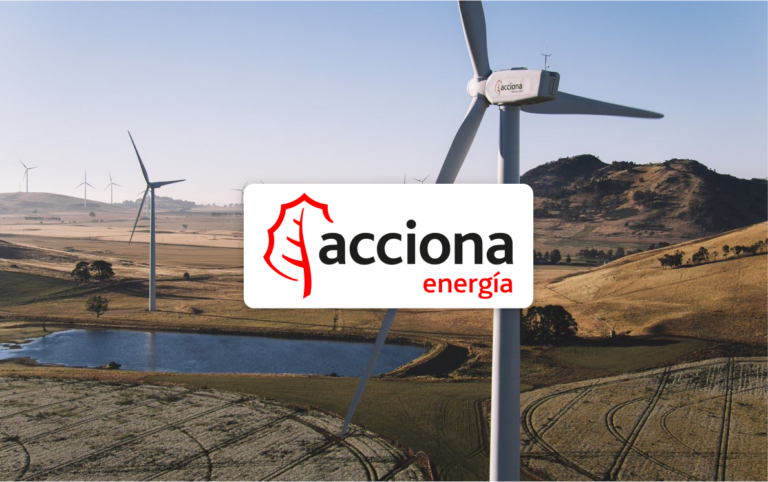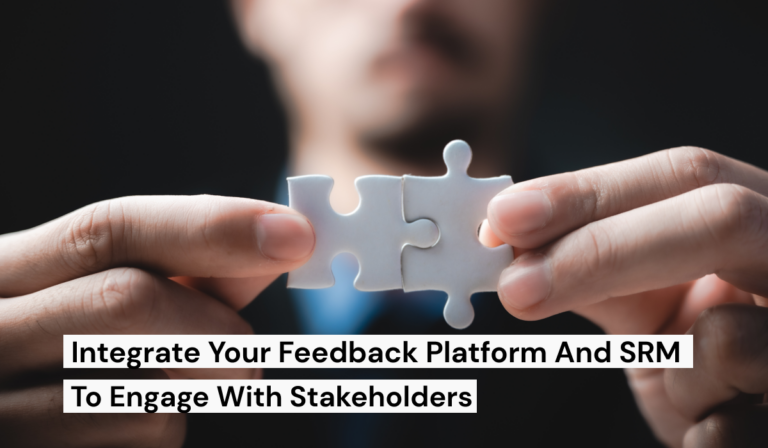Your Stakeholder Management Skills and Essentials
Stakeholder management empowers productive group work, collaborative relationships, and sustainable decision making – three ingredients that are crucial to any organisation and the people it impacts.
Let’s start by establishing what a stakeholder is.
A stakeholder is any person that is impacted by your organisation and the decisions it makes. They could include customers, employees, community members, politicians, media, shareholders, suppliers, partners, investors, government departments, regulators, neighbouring businesses, and nearby residents.
They could also be among those people’s extended networks of families, friends, and colleagues.
Once you start to imagine all of your possible stakeholders and their extended network, the potential impact of any decision that you make starts to feel pretty big.
Then consider this.
Each stakeholder has their own motivations and might have the power to make important decisions that affect your organisation. They might also be affected by your organisation’s decisions – physically or financially.
You might see that complicated stakeholder network as an overwhelming risk or an incredible opportunity.
That’s where stakeholder management comes in.
What is stakeholder management?
Stakeholder management is a process that helps you to manage each individual stakeholder and their vested interest in the outcomes of your project.
When it’s done well, stakeholder management enhances your outcomes. Through a continuous process of perspective-taking and perspective-seeking, it helps you to sculpt and mould your project to maximise the potential value you can provide to all of your stakeholder groups.
Stakeholder management by nature needs to be systematic. You are managing a huge network of interests, perspectives, and opinions, and beliefs, so it’s essential to operate within a structured framework and to maintain accurate records of all of your conversations and interactions for reference down the track.
What is the difference between stakeholder management and stakeholder engagement?Stakeholder management is a process, whereas stakeholder engagement is about building relationships with people.
Stakeholder management is the identification, analysis, planning, and implementation of actions designed to engage with people that might be impacted by your organisation.
Stakeholder engagement is one of the activities you will take as a part of your stakeholder management plan. It’s the continuous process of influencing the outcomes of your initiative through consultation, communication, negotiation, compromise, and relationship building with your stakeholder network.
Why is stakeholder management important?
Stakeholder management is important because it forces us to factor the wellbeing of other people into our decision-making, explore other perspectives, and coordinate all of the information we receive in a way that enhances outcomes.
The world moves quickly and people don’t always take the time to step back and see the bigger picture. When we move too fast, we often confuse our own perspectives with reality and have difficulty understanding the point of view of other people – including our stakeholders.
Perspectives aren’t right or wrong by default – but they are a reflection of a single person’s experiences, beliefs, and values. When they stand alone, they don’t show the whole truth. We have to combine them to get closer to grasping the reality of a situation, in its entirety.
Combining perspectives through stakeholder management helps us to better understand situations from the past, make better decisions in the present, and take better actions in the future.
One of the biggest traps of stakeholder management is to reach out to people who have the same point of view or vested interests as you to validate a hard decision that you want to make. The best stakeholder management seeks to hear from people with diverse perspectives and different points of view. This helps us to discover potential blind spots and consider new ideas that could create a better outcome on a project or initiative.
Stakeholder management gives us a simplified framework for processing all of the complexities and interrelationships of the information we receive when we involve others in our decision-making.
The stakeholder management process encourages us to ask helpful questions that can challenge and validate our thinking. When you’re working with multiple stakeholders to guide your organisation to make a big decision, it’s important to ask yourself the following:
- What can you learn from the perspectives you have received?
- What does this information tell you about your stakeholders and how they see their world?
- How would a decision or situation impact them?
- How can you communicate back to them using the information they have given you about their perspective?
- How does considering these different viewpoints contribute to your understanding of the situation and help your decision-making?
What are the benefits of stakeholder management?
Effective stakeholder management helps you to hit your goals and enhance the outcomes of a project. A group of stakeholders will usually understand a situation better than you alone. Sharing information is crucial if you want to find a real solution and capture the value of a challenging opportunity. On the flip side, if your actions don’t meet or consider your stakeholder’s needs, they might reject your decision. Coordinating your efforts across multiple people can have far-reaching benefits.- Stakeholder management is empowering, when it gets people involved in decision-making.
- Stakeholder management is sustainable because it helps you to make better long-term choices.
- Stakeholder management increases your chances of success because it drives support from the people who have an influence on your project.
How do I identify my stakeholders?
The next question to ask, is who are your stakeholders? If you know who your stakeholders are, you will be in a far better position to engage them. Start off by identifying the individuals or groups of people that are likely to be affected by your organisation or project. Then, think about other people who might influence the organisation, project, and the people within it. From there, map out anyone that these groups are connected to and consider who might be impacted by any flow-on effects. Keep in mind, that there are usually more potential stakeholders than you think, so don’t be afraid to continue adding to your list. Make sure you also research the demographics of all stakeholder groups so that you understand their accessibility needs and the best ways to reach them. The next step is to prioritise your stakeholders. You need to ensure that you achieve the best outcomes for your project with the resources that you have available to achieve them. Stakeholder mapping is a great way to set priorities and allocate your resources productively. It gives you the ability to keep the right people informed and involved by classifying stakeholders based on their level of influence, impact, and interest.
You are now ready to create a stakeholder engagement strategy.
The next step in the stakeholder management process is to work out how to set up a strategy for how you will communicate with each stakeholder group and at what frequency.
There are different forms of engagement that you can use for each stakeholder group, depending on their level of influence and interest in your project and its goals.
Partnership: A two-way engagement strategy that involves joint learning, decision-making, and actions. It’s appropriate for stakeholders that have a high level of interest and influence in the project.
Participation: A two-way engagement strategy that allows stakeholders to consult on the project within their limits of responsibility. Normally, this consultation follows a question and answer format, led by the organisation.
Push communications: A one-way engagement style in which the organisation may broadcast information to certain stakeholder groups using a range of informative communication channels such as emails, letters, webinars, podcasts, videos, and flyers.
Pull communications: A one-way engagement strategy in which information is made available to stakeholders to communicate the project, its goals, and how their needs have been accounted for. The communication channels might be a website or signage.
Throughout the process, you should continuously analyse and report on your interactions to gather learnings for your project and adapt your strategy as needed.
How can digital stakeholder management tools help?
To make constructive decisions, a person has to hold all of the opposing ideas, positions, and perspectives of a diverse range of stakeholders at the same time – while staying focused on the end goal and functioning effectively.
Let’s put that idea in the context of a city. Imagine if you were leading the development of a hospital. You might have to gather expertise, opinions, and insights from an incredibly broad cross-section of the community, such as; doctors, environmentalists, architects, engineers, builders, politicians, parents, construction workers, transport providers, and residents. But, once you have captured this information, it grounds all planning and processes of the development in a way that optimises contributions from everyone involved.
How many different interactions and modes of contact might your team have across that network of stakeholders over the entire lifespan of the project? How many groups might you have to report back to? It’s hard to imagine.
It’s not possible for the human mind to hold onto and process that much information effectively. People are fantastic at communicating, empathising, and imagining new possibilities. But, they are also highly subjective and memories change with time. That’s why people who are managing a huge network of stakeholders need technology to store all of the information that is gathered throughout the entire lifetime of the project.
When they have a good system for storing and integrating all of their data, they can create a reliable source of truth and can spend more of their mental energy on building relationships and moving their projects forward in the right direction. They can see the bigger picture and get back in the driver’s seat.


